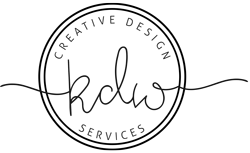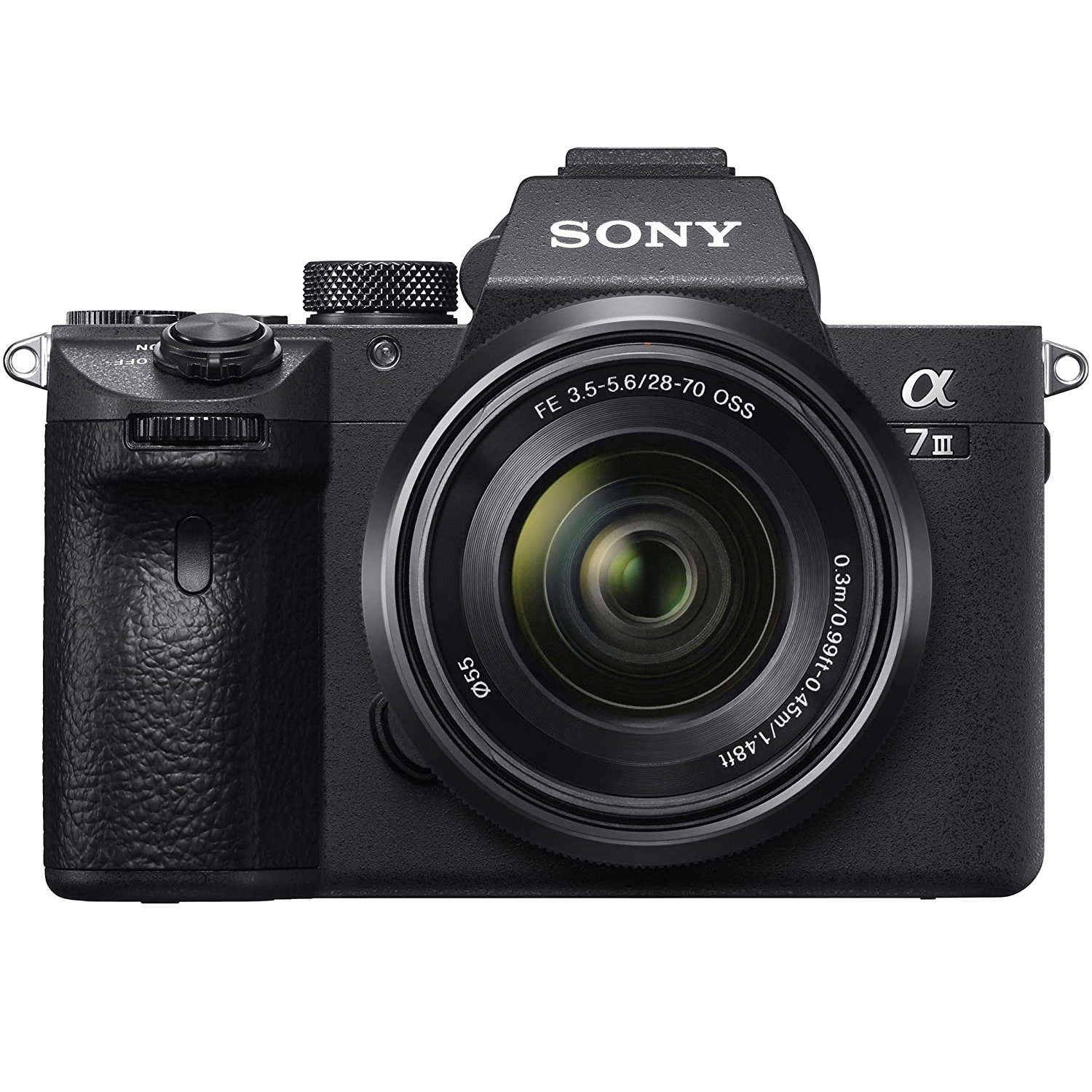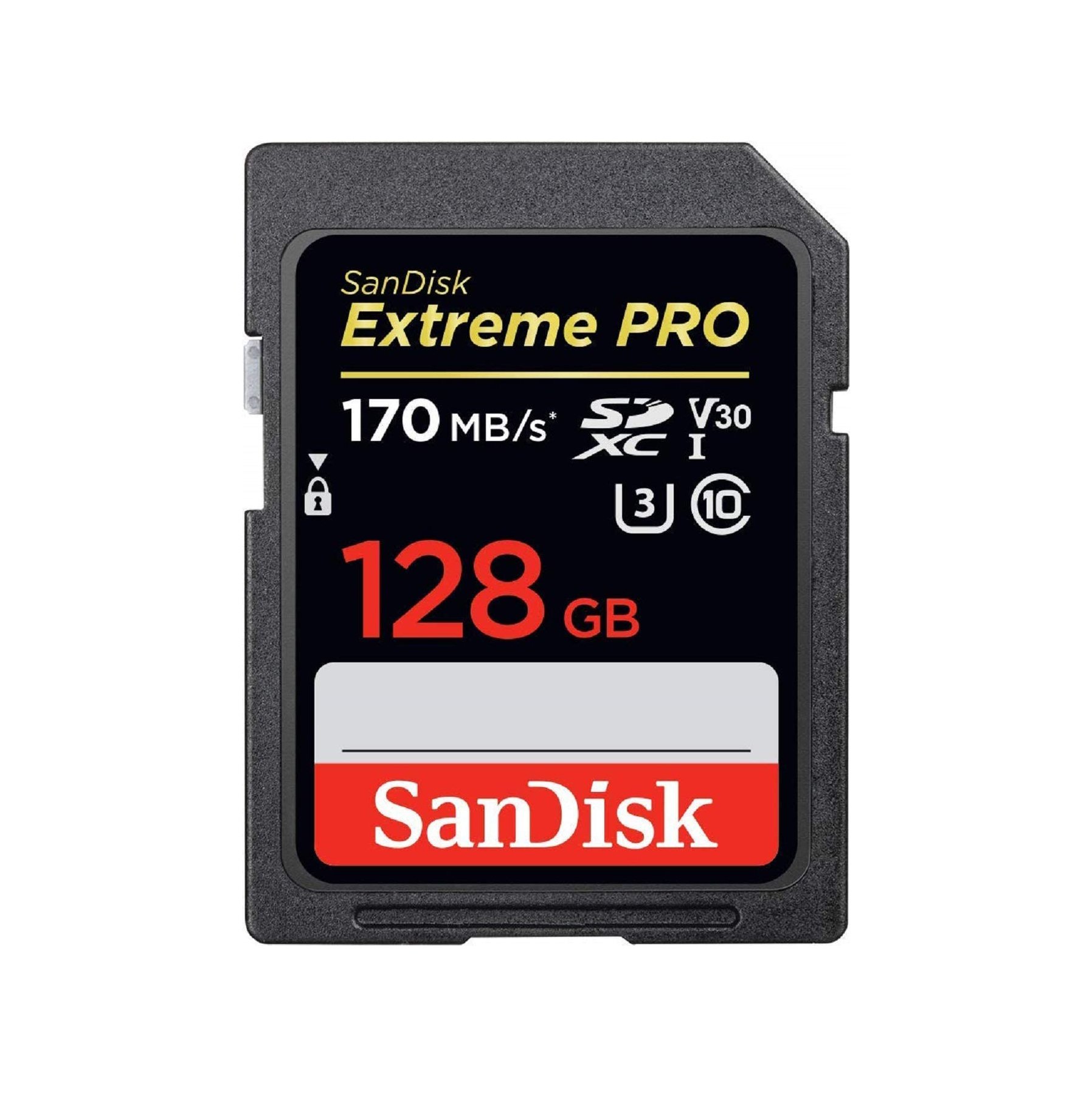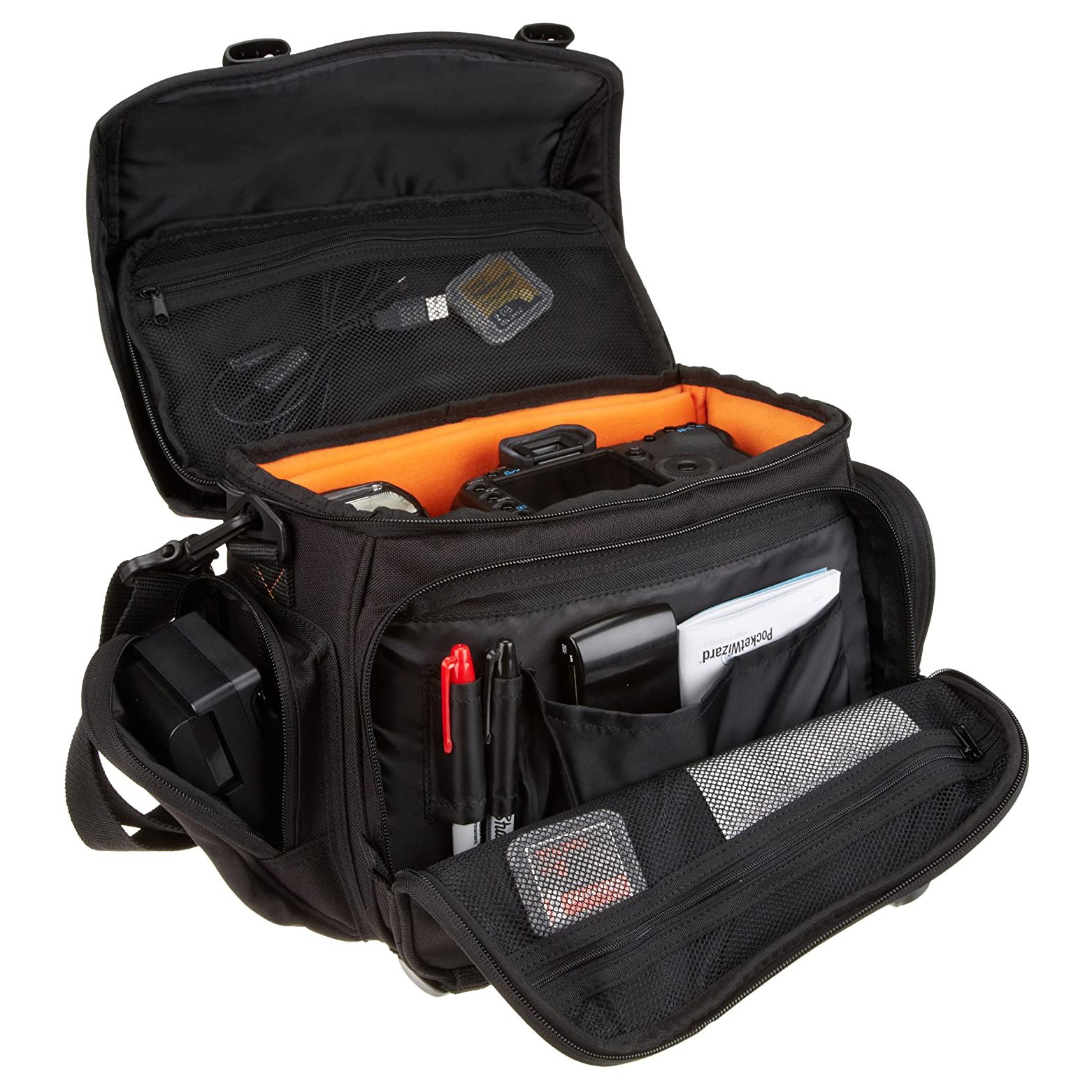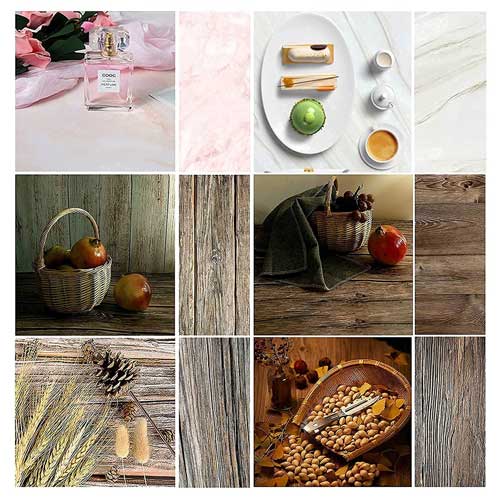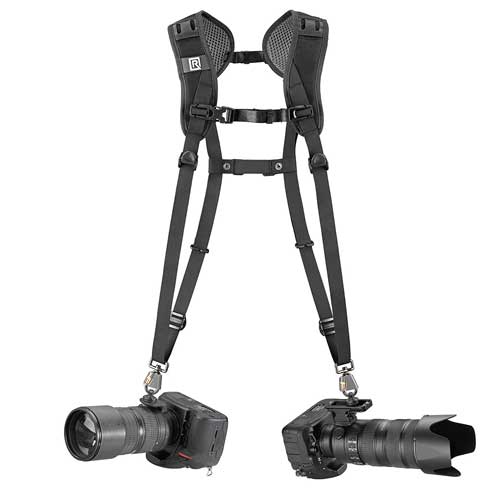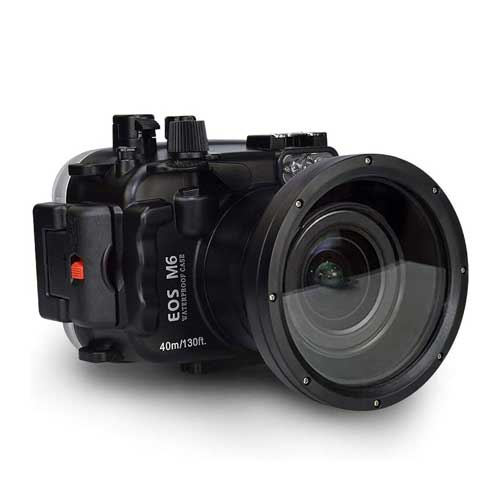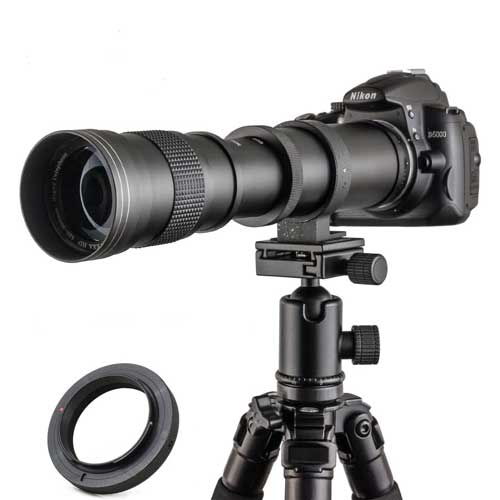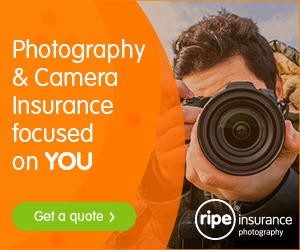Being a photographer is an amazing skill that one can use to turn fleeting moments into everlasting memories. Capturing life as it is and creating artwork at the same time requires not only training but also adequate photography equipment. However, if you are new to photography, the wide selection of cameras, lenses and other equipment can become a tad intimidating. This is rightly so, given the hefty price of professional cameras and lenses, you want to make sure that your investment will return its value and can be used in various situations. Our article will help you get an idea about the professional photography equipment required for you to successfully make photography your career.
Table of Contents
Basic Equipment Overview DSLR Photography.
To start working as a professional photographer you would need to consider the following photography equipment list. The list below describes the very minimum equipment a photographer should own. Depending on the lighting conditions and type of photography, more equipment will be required.
There are crop sensor and full-frame DSLR cameras. The difference between the two types of cameras is very big as the crop sensor models have a smaller mirror, let in less light, and generally perform worse in the dark when compared to full-frame cameras.
On the other hand, full-frame cameras produce higher quality images and are the go-to choice for every professional photographer out there. The only downside of full-frame cameras is their weight, especially when paired with a bigger lens.
- Lenses
Depending on the type of photography you are after, owning a few lenses is a must. However, for someone who is just starting out, a great lens that can cover many different photography gigs is a 24-70mm f/2.8. This lens is very versatile and can be used from landscape to outdoor portraits, weddings and studio photography. Keeping this in mind, many photography equipment brands have their own version of this legendary lens. The prices vary significantly whether you are shopping for the Nikon version or if you opt for a brand like Tamron. If you are buying a lens from brands like Sigma or Tamron, make sure to select the correct mount for your DSLR camera. You don’t want the lens to arrive a day before a shoot and find out its not compatible!
- Speedlight
Speedlights are essential in every photographer’s kit as they can help you out not only in closed spaces but can fill in shadows during outdoor photoshoots. You can select from a wide range of brands, however, one thing to keep in mind is the maximum speed of the Speedlight. For that reason, it’s best to spend a bit extra and get a compatible Speedlight that will follow your cameras’ shutter speed.
- SD cards & card storage
A golden rule in the photography business is to always purchase a camera that has two memory card slots. This is recommended in case one fails, you will always have the backup. However, for this to work, keep in mind that you need to set the second SD card to copy the files from the first one. Once you purchase more than two cards, consider ordering a card storage case to keep your cards organised and protected.
- Spare battery
Depending on how busy you will get, a fully-charged spare battery is something that you should always carry in your photographers’ bag.
- Light bouncing reflector
These types of reflectors are foldable, weigh almost nothing and can be of great help whenever you need to bounce some light back to your subject. They can work as diffusers too, whenever there is excess light that you want to prevent from messing with your model.
- Camera bag and cleaning kit
A cleaning kit with a blower is a must in your camera bag in case your lens gets dusty. However, before proceeding to wipe off the dust, blow the particles off using the blower to avoid scratching the lens.
Additional recommended camera equipment.
Besides the basic equipment already listed above, you would need to invest in a good desktop computer or laptop and use free source photo editing software or invest in Adobe Photoshop.
Additionally, if you want to shoot at a slower shutter speed, you would need to purchase a sturdy tripod and a remote release. The tripod comes in handy if you want to shoot long exposure photographs at night or want to experiment with some interesting ideas using slow shutter speed, while the remote release will prevent any camera shake.
Light meters are valuable whenever shooting portraits of people, as they will help you correctly expose and get the perfect light from all the strobes that you will be using.
If you are aiming to get into the business where you would need to carry more than one camera body at the same time, then a camera harness is a must. Whether you are at a sports event or work as a wedding photographer, with this camera harness you will have both of your cameras on standby.
Specific equipment for different photography jobs
- Product and fashion studio photography
If you would like to enter the world of professional studio photography, then you would need to up your photography equipment game. Good quality photographs taken in a studio require a different type of lighting setups, including camera pole, strobes and backdrops. At Amazon you can find all the product photography equipment you would need. Start with flash and softbox, and then depending on your product photography demands you can go for a table or a tent along with additional lights. Fashion photography requires more lights, to begin with, along with a plain backdrop.
- Wedding photography
If you want to be taken as a professional photographer right from the start, you would need to consider investing in wedding photography equipment. As a wedding photographer, you would need to have multiple lenses and two camera bodies with you at all times in case one fails. You can start off by buying used lenses, but keep in mind that they need to cover tight macro photography shots of the wedding rings, all the way to portraits to group photography in a closed venue. A great flash that will sync fast is a must as well.
- Underwater photography
Underwater photography equipment starts off with the right housing for your camera. Be careful to choose a housing system that will support your lens. On top of this, you would also need to purchase a strobe or two, depending on if you want to shoot macro or wider frames.
- Bird and wildlife photography
On the other hand, the bird photography equipment list revolves around a couple of things only: a camera capable of shooting many frames per second and a great telephoto lens. You can get a camera hire along with a good quality telephoto lens from a camera shop near you and spend your day photographing wildlife and birds. Be prepared to build some arm muscles.
Rented camera equipment.
Many aspiring photographers rush into buying equipment without a good understanding of what it does. Granted, there are many well-detailed articles and instructions on YouTube that will teach you how to operate a DSLR manually and show you the specs. However, the best way to take a dip in the field of photography is to grab a camera in your hand and play with it. For this reason, services that offer a camera hire are of great help. For a fraction of the price, you can take different types of photography and discover where your passion lies.
If you want to start your journey in the world of photography but the photography equipment prices are out of your budget, then have a look at this used cameras equipment website. However, while purchasing used camera gear, make sure that isn’t damaged in any way. This is crucially important when it comes to used lenses, as they consist of many layers of glass that can easily get damaged if not taken care of properly.
Camera equipment insurance.
Professional camera equipment costs can add up very quickly. This is why it is crucial to opt for camera insurance from day one. With this, you will have peace of mind that in case of an incident your business won’t suffer a dramatic loss.
Another tip is to take photos of all the serial numbers of your cameras, lenses and other equipment in case of theft. This may help locate them faster and prevent them from being sold off to someone else.
Darkroom equipment.
If you prefer using film SLR cameras and want to develop the photographs yourself, then you can learn how to do that too. For this purpose, you would need reels for loading your undeveloped film and a set of cylindrical developing tanks. With the help of an enlarger lens, the photo will be scaled correctly to fit the paper. A typical darkroom kit includes a timer for exposure, filters for colour, various chemicals and water. Additionally, you would need basics such as gloves and tweezers.
